The nights are growing cooler by the day and the leaves are beginning to fall. This is one of my favorite times of year for foraging. September offers an abundance of wild edibles ripe for foraging. Whether you’re a seasoned forager or just beginning to explore nature’s pantry, Autumn foraging is perfect for gathering some of the most flavorful and nutrient-rich treasures. From fruits to fungi, here are the top five things to look for while Autumn foraging.
1. Wild Apples (Malus spp.)
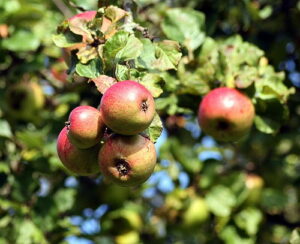
September is apple season, and while cultivated varieties fill the markets, wild apples are often overlooked gems. These smaller, tart apples can be found growing in old orchards, abandoned farms, or even along rural roads. While they might not look as polished as their store-bought counterparts, wild apples are perfect for making cider, vinegar, jams, or drying for winter use. Their natural tartness adds complexity to recipes, and they often come with a delightful, concentrated sweetness when left to ripen on the tree.
Foraging Tip: Look for trees with fruit that have fallen to the ground, as these are usually the ripest. Check the apples for insect damage before picking.
2. Rose Hips (Rosa spp.)
The vibrant red or orange fruits of the wild rose are a common sight in September. Packed with vitamin C, rose hips make a fantastic tea, syrup, or jam. Their tangy flavor is a reminder of the summer blooms now gone, and they are one of the most nutrient-dense wild fruits available. Harvest them after the first frost to soften their skins and make them easier to process.
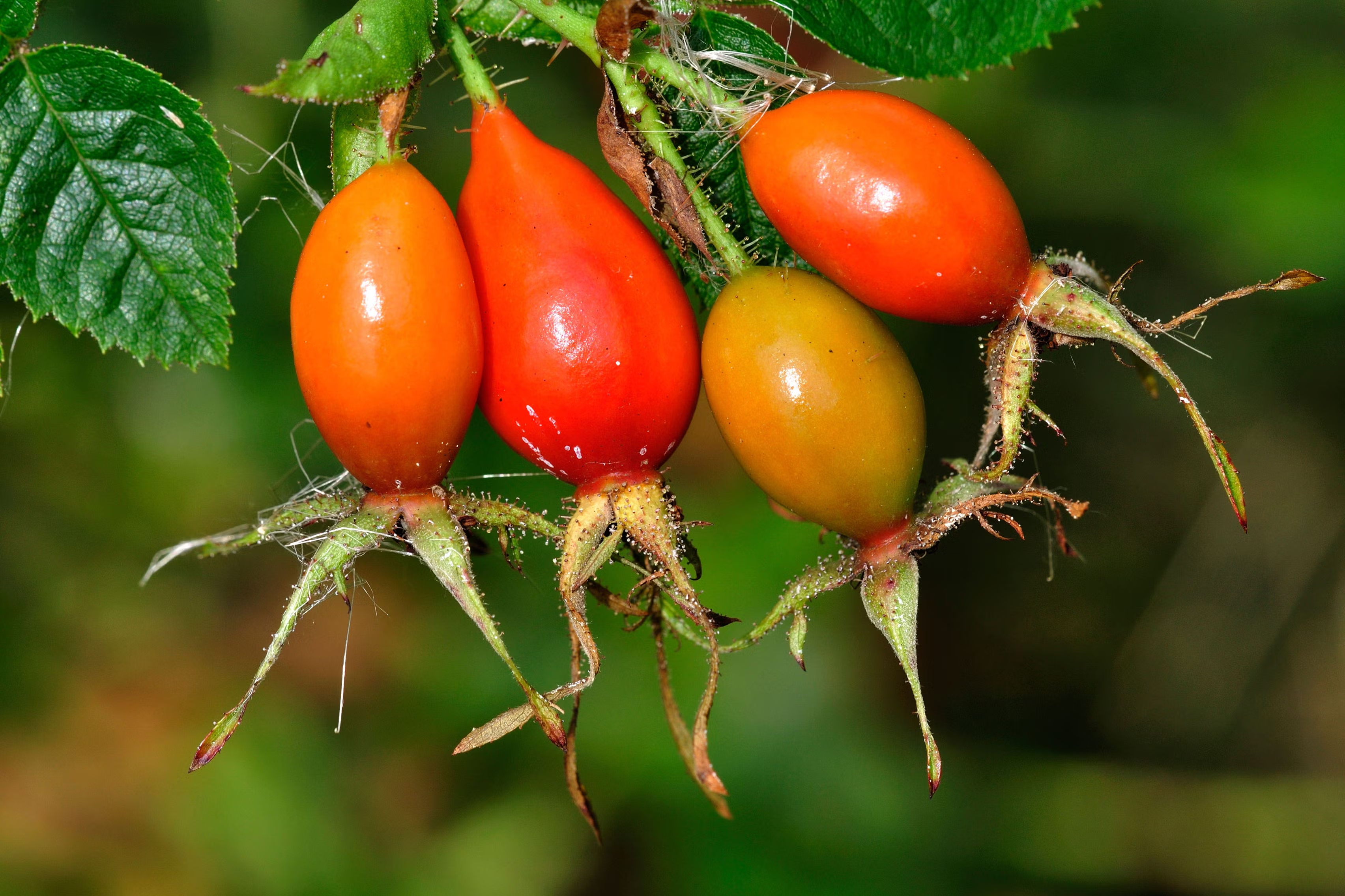
Foraging Tip: Wear gloves to avoid the thorns of the rose bushes. Collect the hips that are plump and vibrant in color for the best quality.
3. Chanterelle Mushrooms (Cantharellus spp.)
One of the prized finds of autumn, chanterelle mushrooms are known for their rich, earthy flavor and distinctive golden hue. These fungi thrive in coniferous forests, particularly around Douglas firs and other evergreens. Their trumpet-like shape and apricot scent make them relatively easy to identify, and they can be sautéed, roasted, or dried for later use. September is often prime time for chanterelles after a few weeks of steady rain.
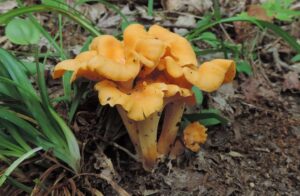
Foraging Tip: Chanterelles grow in clusters, so if you find one, look around for more. Be cautious of look-alikes such as the toxic Jack-O’-Lantern mushroom, which has gills rather than ridges.
4. Elderberries (Sambucus nigra)
These small, dark purple berries ripen in late summer and are usually ready for harvest by early September. Elderberries are renowned for their immune-boosting properties and are often used to make syrups, tinctures, or jellies. While the berries are a bit tart when raw, cooking them releases their deep, sweet flavor. Just remember to cook elderberries before consuming, as raw elderberries can be toxic.
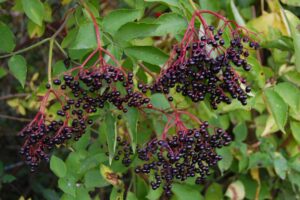
Foraging Tip: Only collect the dark purple, fully ripened berries. Avoid the leaves, stems, and unripe berries, as they contain compounds that can cause stomach upset.
5. Hawthorn Berries (Crataegus spp.)
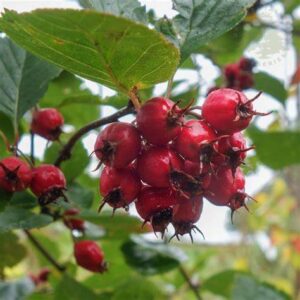
Hawthorn berries, small and deep red, are often overlooked, but they’ve been used for centuries in herbal medicine, especially for heart health. In September, these tart berries ripen and can be harvested for making jellies, syrups, or even herbal tinctures. Hawthorn berries are rich in antioxidants, making them a great addition to teas or baked goods. They can also be dried for later use.
Foraging Tip: Look for hawthorn bushes in hedgerows or along woodland edges. Be mindful of the thorns when picking, and choose berries that are bright red and firm.
Foraging Ethics and Safety Tips
- Always forage sustainably. Take only what you need, leaving enough for wildlife and future growth.
- Make sure you have proper identification skills. If you’re unsure, consult a local expert or foraging guide.
- Avoid foraging in areas where there may be pollution or pesticide use, such as roadsides or agricultural fields.
- Practice gratitude and respect for nature’s bounty. Foraging is about more than just food; it’s a way to connect with the land and the changing seasons.
Autumn foraging offers a chance to stock your pantry with flavors and nutrients that can carry you into the colder months. Whether you’re gathering fruits, fungi, or seeds, take a moment to appreciate the abundance nature provides during this beautiful transition from summer to fall. And remember, get outside and do something wild!